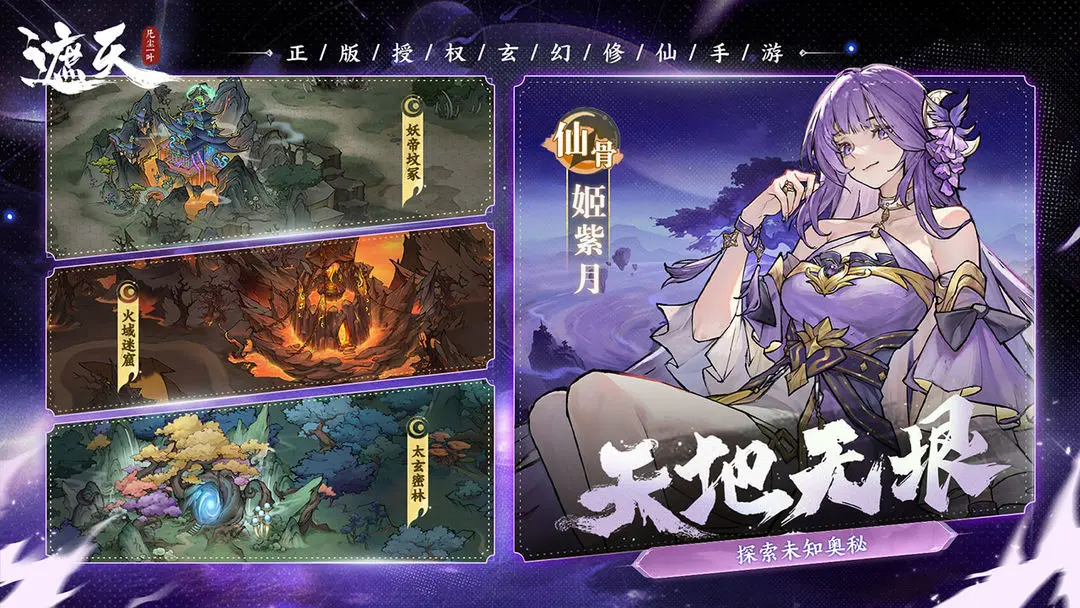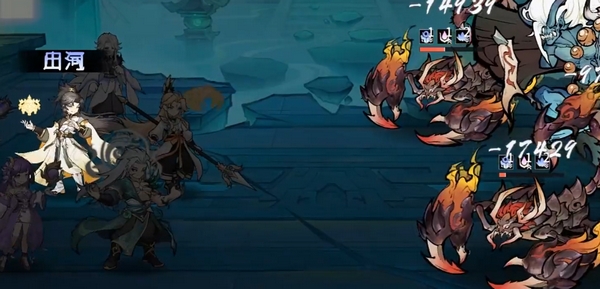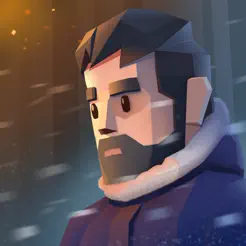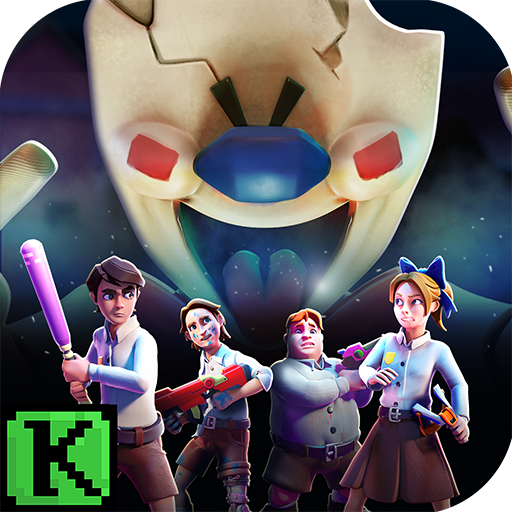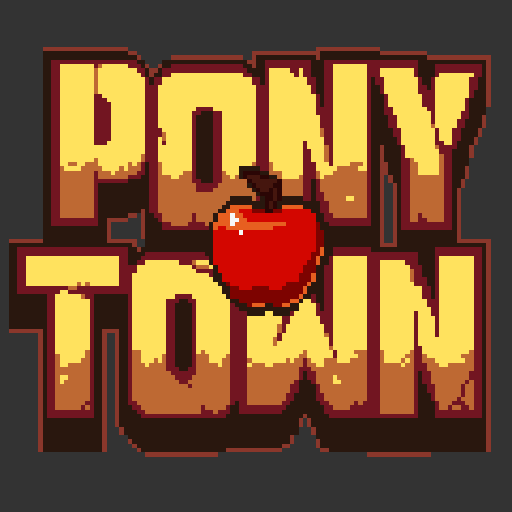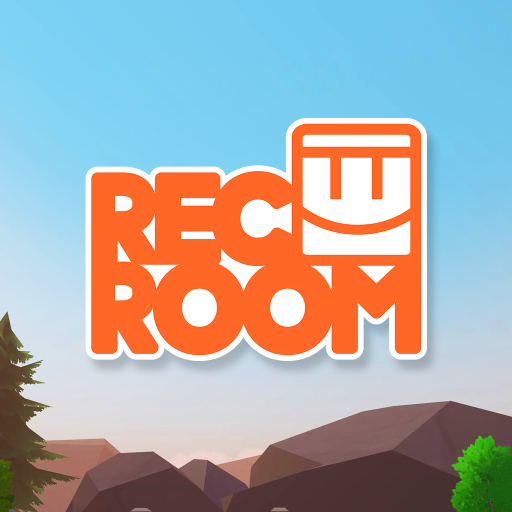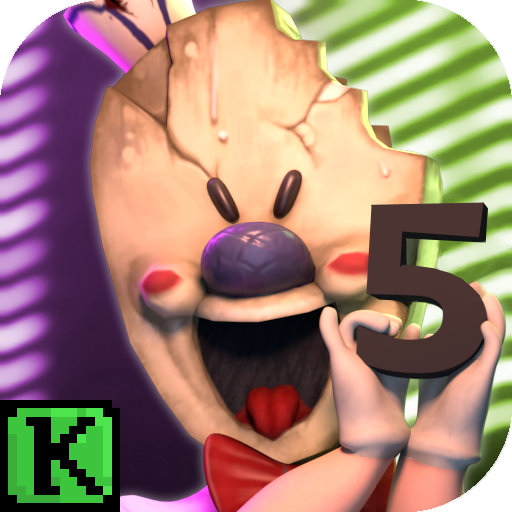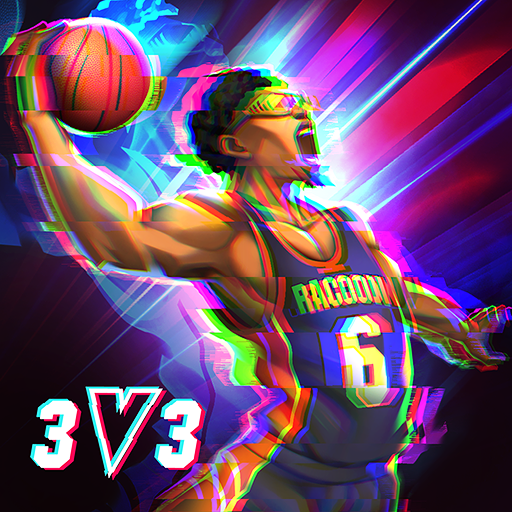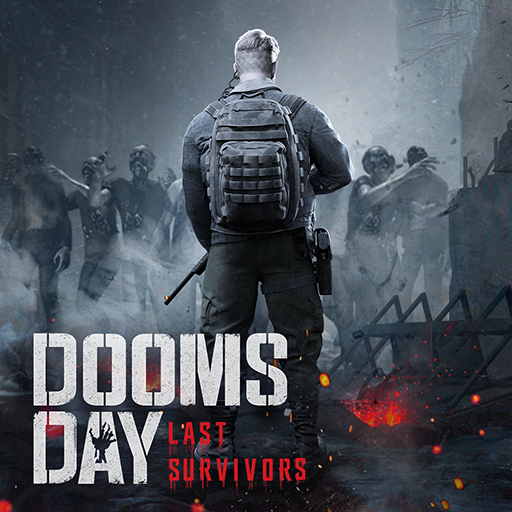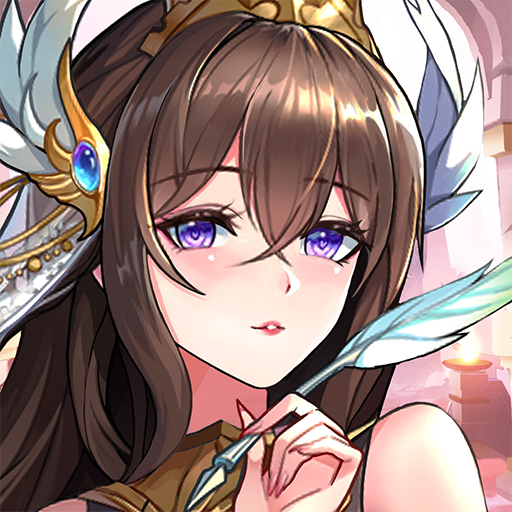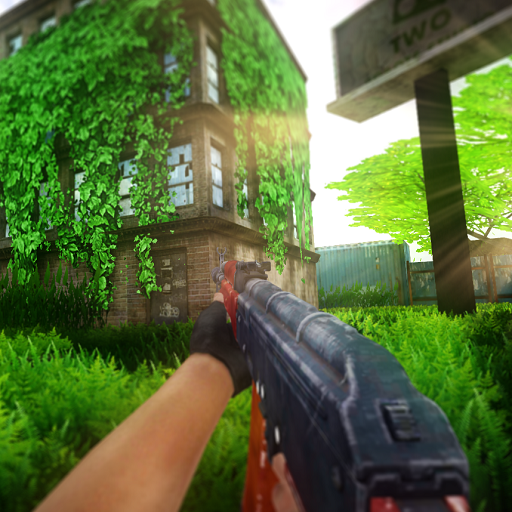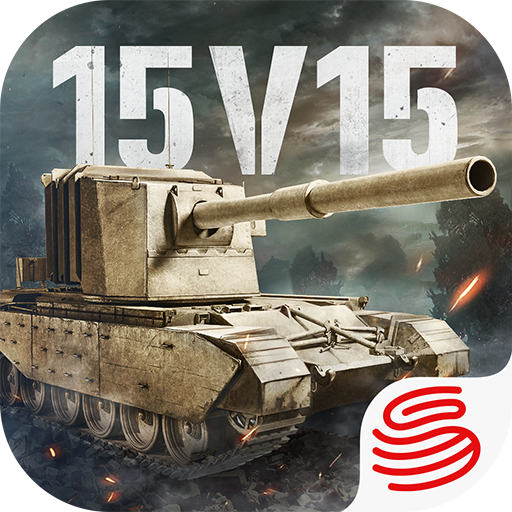When everyone enters the City of Silver, they instantly find themselves in a steampunk world filled with the sounds of mechanical gears and mysterious mists, intertwined with a Victorian-style alternate reality. Everyone will embark on an adventure as a private detective returning to their homeland. The beginner's guide to the City of Silver contains challenges beyond your imagination, but it is also brimming with hidden opportunities. To firmly establish yourself in this open world, today's tips are very important.
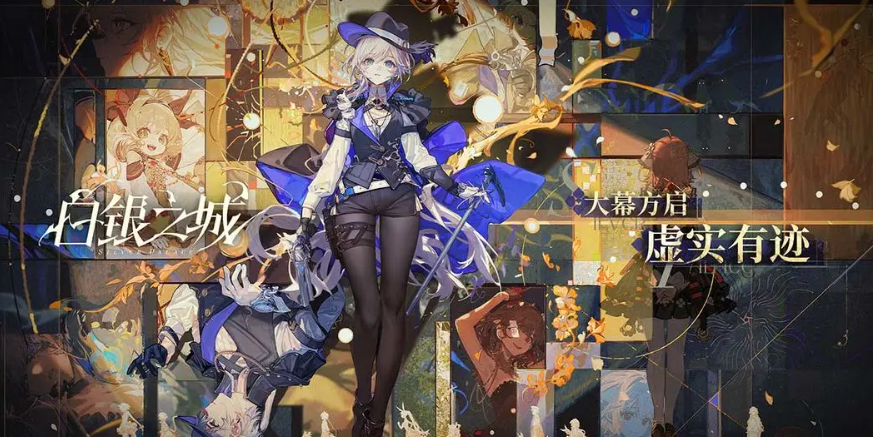
This game grants players unprecedented freedom to define their character roles, which entirely depends on the weapons and unique combat styles you choose. For newcomers, the tutorial level is the best training ground. Here, you can try out various types of weapons, and through repeated experimentation, you will eventually find the combat style that suits you best. The choice of movement methods also carries rich strategic elements.
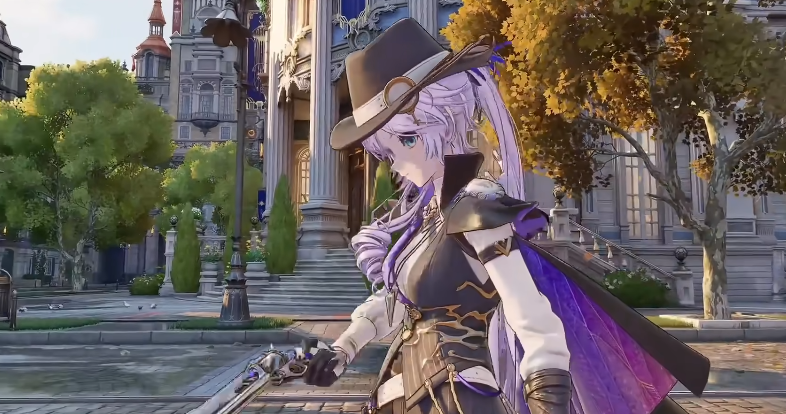
Galloping on horseback is the preferred method for quickly traversing the bustling city. When players ride their horses, they not only save a lot of time searching for mission objectives or long-distance travel but also enjoy the scenery along the way. Using grappling hooks adds more surprising gameplay to your exploration. With the power of the grappling hook, you can leap over rooftops and climb towering walls, reaching mysterious areas that are otherwise inaccessible. Perhaps in a hidden attic corner or a secluded alley, there is a mysterious treasure chest waiting to be discovered.
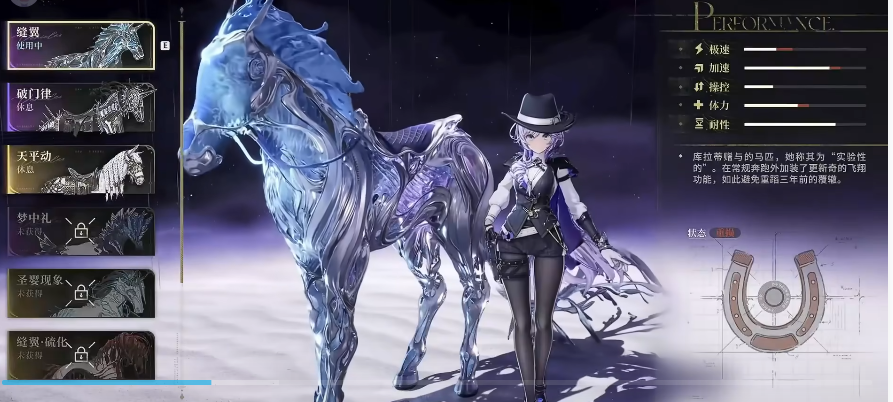
Wandering and exploring is a poetic and warm way. When you slow down and walk, you have more opportunities for deep interactions with various NPCs. By carefully observing their attire and behavior, you can catch key information in seemingly casual conversations. Even graffiti on the wall, unique decorations on the windowsill, or strange reflections in the puddles on the street could be important clues to solving complex puzzles. For example, a casual chat with the tavern owner might reveal the latest black market news, and a pleasant conversation with a lively child on the street might unexpectedly trigger a hidden quest.
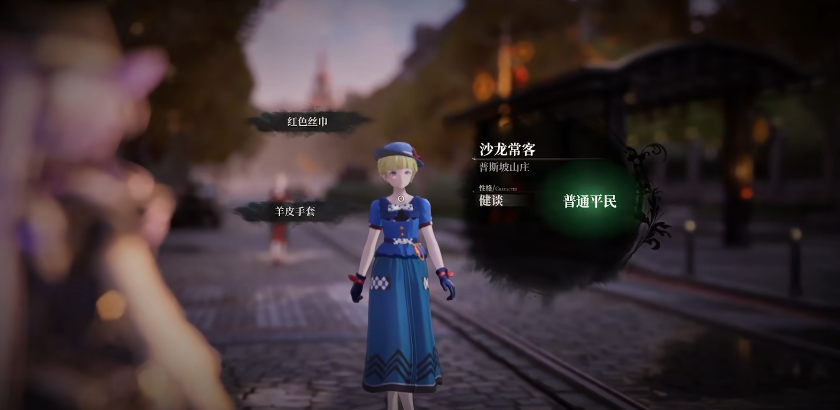
The main quests are the central thread running through the city's conspiracy, leading you to gradually uncover the shocking secrets hidden beneath the surface. When conversing with NPCs, read every word carefully because those seemingly casual mentions of minor details, such as the eerie legends of the abandoned clock tower or the mysterious moonlight code, may be key information to unlock the next exciting chapter. Some quests require you to infer based on the scene clues, which is not only a test of your observational skills but also a challenge to your logical thinking abilities.
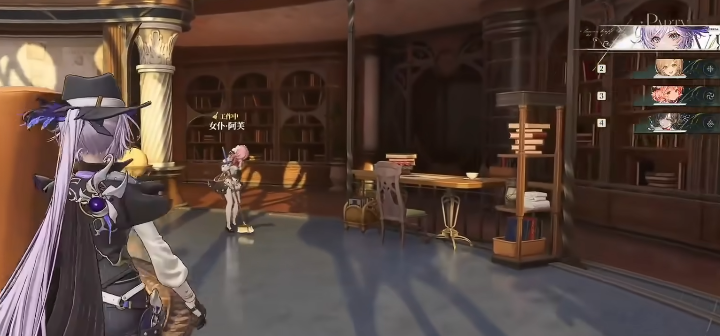
Side quests and character-specific storylines are like additional surprises in the game world. They not only enrich the game's worldview but are also important sources of rare items. After completing specific side quests, you may receive unique limited weapons or armor. Some quest rewards can even permanently increase your character's health, attack power, and other key attributes, making your character stronger. It's worth noting that in this ever-changing game world, every decision you make, like a butterfly effect, influences the direction of the story and may even completely alter the complex and subtle relationships between characters.
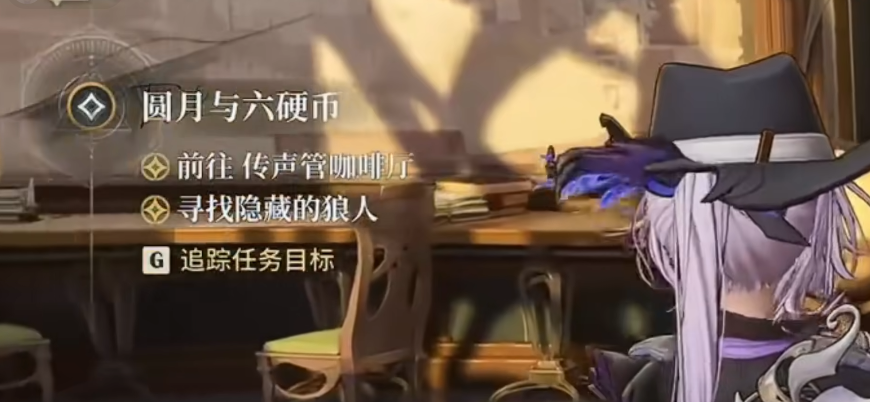
Therefore, before making important decisions, it is strongly recommended to save your progress. In terms of resource management, it is suggested to prioritize using gold to enhance frequently used weapons and core skills. Diamonds, as a precious currency, should be used sparingly and saved for drawing those highly attractive limited characters or appearances, as some rare characters possess special abilities that cannot be replaced by skills. Once your character can unlock the talent tree, a new phase of personalized development begins, though this stage is unlocked at least at level 30.
At this point, you need to decide your development direction based on your playstyle preferences. If you choose the survival route, focus on enhancing your maximum health and defense reduction attributes, which will give you greater fault tolerance when challenging high-difficulty team dungeons. If you prefer the damage output route, then fully boost your critical hit rate and skill damage. In team-based challenges, up to a four-person squad can work together, and the key to victory lies in the rational combination of different characters' skills.
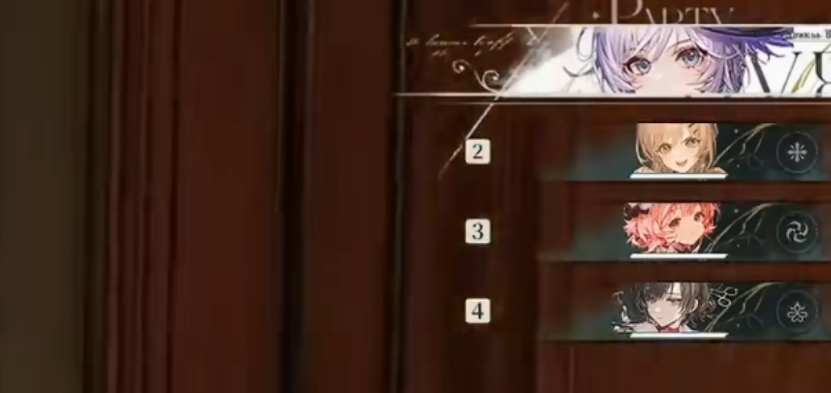
The classic tank + healer + dual damage dealer configuration is steady and suitable for various regular dungeons, while the speedrun lineup, which aims for efficiency, adopts a three-damage dealer + support combination, but this requires a higher level of player skill. In battle, the coordination of skills among team members is crucial. For example, a control-type character first gathers the enemies, and then the damage dealers seize the opportunity to release area-of-effect skills for a clear sweep, making the battle much easier.

Acquiring shops is a unique feature of the game, providing players with a different business management experience. By leasing shops, you can achieve stable gold income. There is a lot of knowledge in choosing the location of the shop. Prioritize shops located in commercial areas and near transportation hubs, as these locations have high foot traffic and high rents, naturally bringing more substantial returns. In terms of type selection, taverns, weapon shops, and general stores each have their own advantages and varying returns. You can flexibly layout according to your preferences and business strategies.
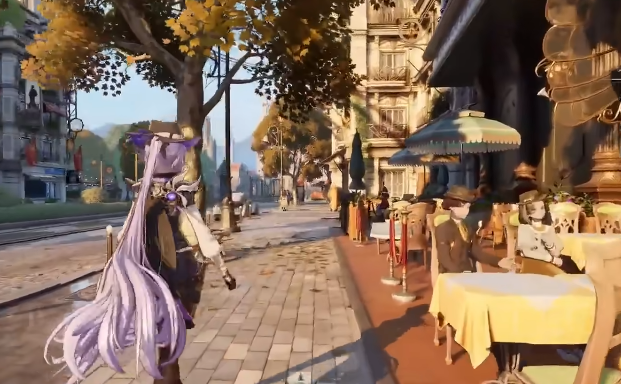
The carefully compiled tips in the City of Silver beginner's guide can all be applied in the game. Therefore, I sincerely hope that this guide will be of some reference value to your adventure. If you are just starting the game, you can follow the above route for a good start.
